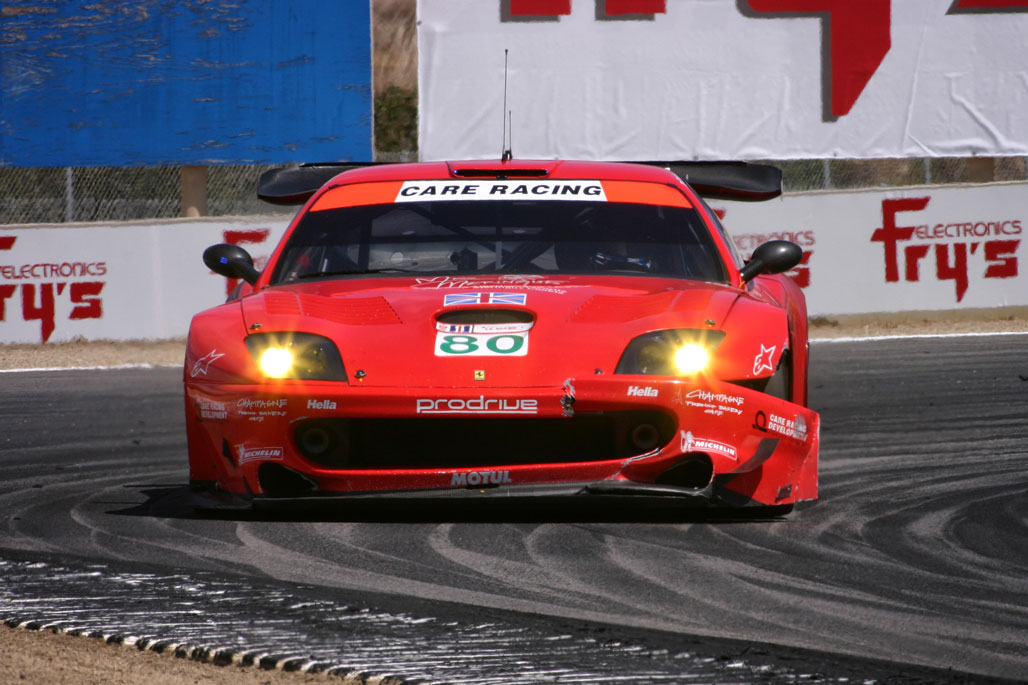Today’s Post by Joe Farace
“If everything seems under control, you’re not going fast enough.” ―
 When shooting motorsports under racing conditions, obtaining proper exposure can sometimes be tricky with white then black then red cars blasting past you. And the glare off shiny windshields and car bodies only complicates matters more. For daytime practice and sunny race day conditions I typically start by setting my camera at ISO 200 and continuously make adjustments to both the ISO and exposure using the camera’s Exposure Compensation controls. For exposure tips for car show photography, please check out my post “Correct Exposures When Shooting Cars,” when you have time.
When shooting motorsports under racing conditions, obtaining proper exposure can sometimes be tricky with white then black then red cars blasting past you. And the glare off shiny windshields and car bodies only complicates matters more. For daytime practice and sunny race day conditions I typically start by setting my camera at ISO 200 and continuously make adjustments to both the ISO and exposure using the camera’s Exposure Compensation controls. For exposure tips for car show photography, please check out my post “Correct Exposures When Shooting Cars,” when you have time.
How I Made this Photo: The dinged Ferrari (above) was captured with a Canon EOS Digital Rebel using a borrowed (read expensive) EF 100-400mm f/4.5-5.6 IS lens with an exposure of 1/250 sec at f/16 and ISO 200.
 Tip: Most of the images that I shot at ALMS series races at Mazda Speedway at Laguna Seca were made at one-half to one full stop less exposure than indicated by reviewing images, “chimping” as I shot them and making exposure corrections on-the-fly. This was especially important during actual race day, on occasions when the lighting conditions were not ideal. If it doesn’t have a wreck, the car that just passed you will be back in a minute or so so you’ll get another chance to photograph it.
Tip: Most of the images that I shot at ALMS series races at Mazda Speedway at Laguna Seca were made at one-half to one full stop less exposure than indicated by reviewing images, “chimping” as I shot them and making exposure corrections on-the-fly. This was especially important during actual race day, on occasions when the lighting conditions were not ideal. If it doesn’t have a wreck, the car that just passed you will be back in a minute or so so you’ll get another chance to photograph it.
How I Made this Photo: Take advantage of any downtime during race practice or yellow flag conditions to make images of the safety workers in action.
At Laguna Seca’s famous Corkscrew the crew is cleaning sand that was tossed onto the track when a car went off course during practice, I liked the way they aesthetically arranged themselves around the curve and made a few shots, of which I liked this one best. Image made with Canon Digital Rebel, EF 70-200mm f/2.8 L lens at f/16 with 1/500th of a second and ISO 200. Yes, I realize that this lens and the aforementioned one were more expensive than the camera, but that was the camera I had to use during the race.

Along with photographer Barry Staver, Joe is co-author of Better Available Light Digital Photography that’s out-of-print but new copies or used copies are available from Amazon, as I write this.